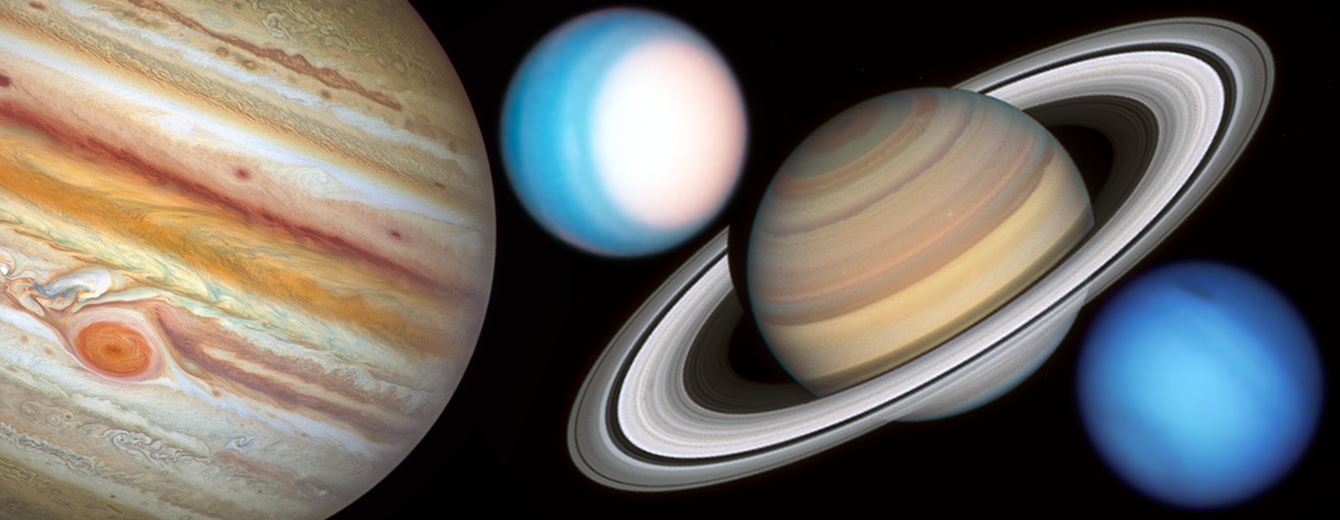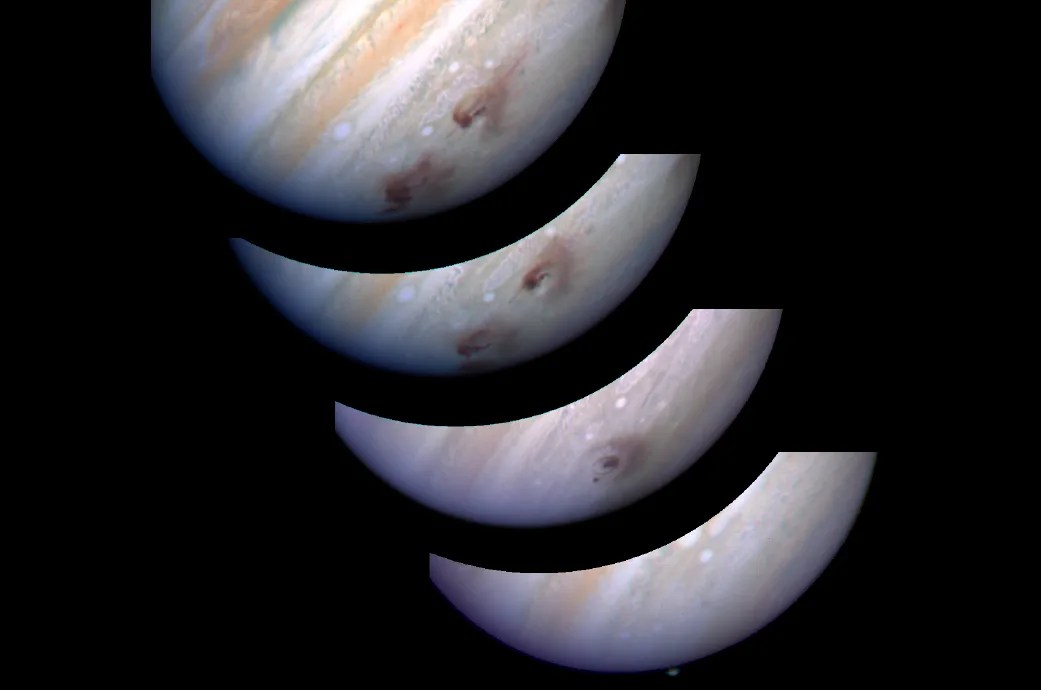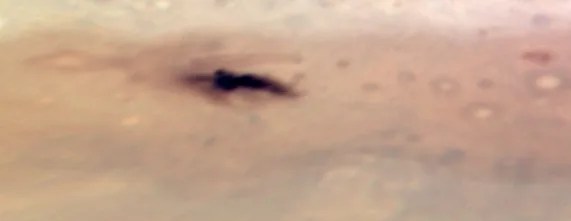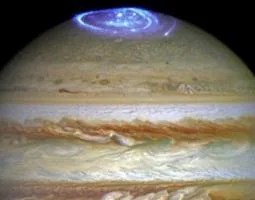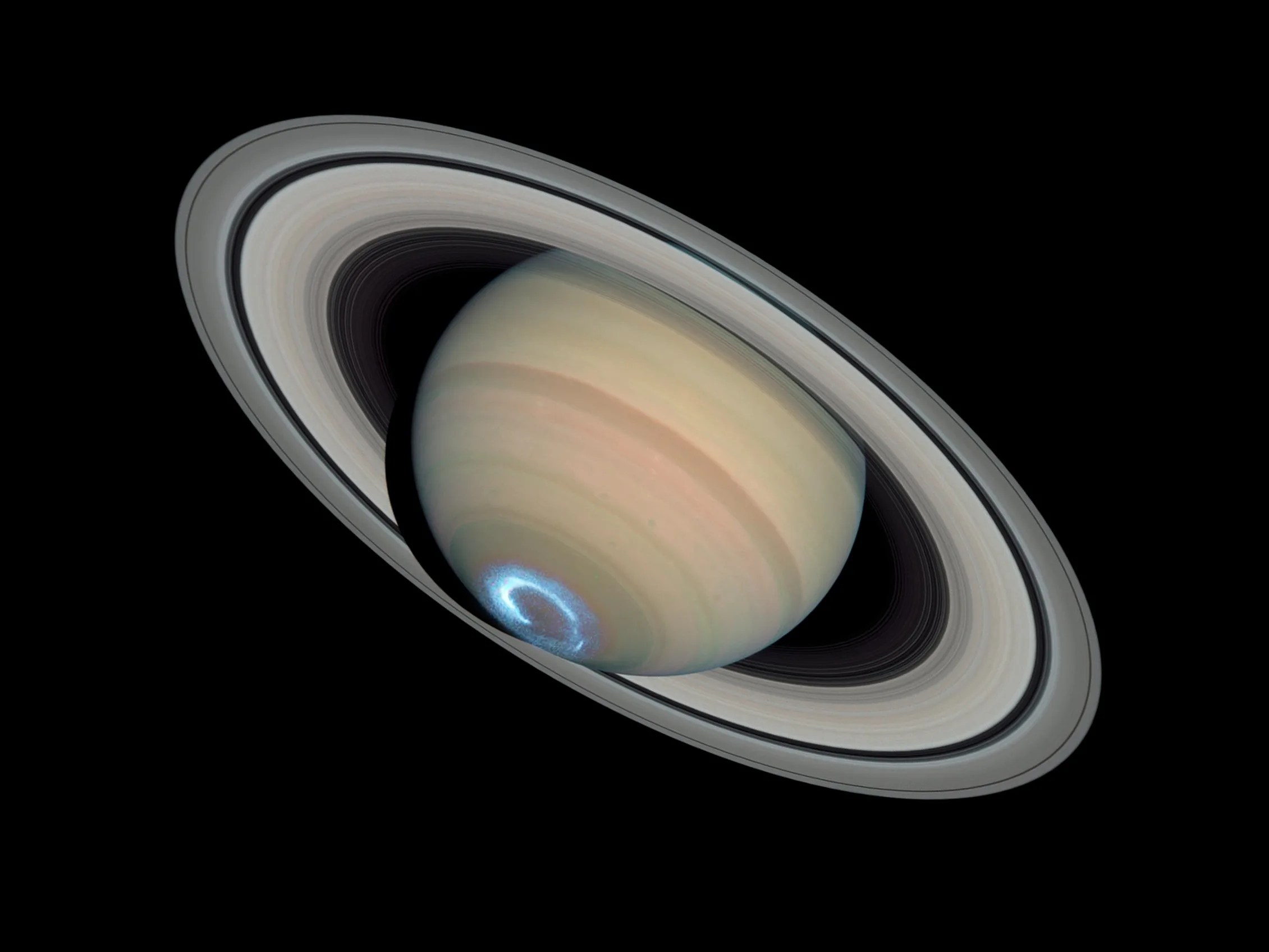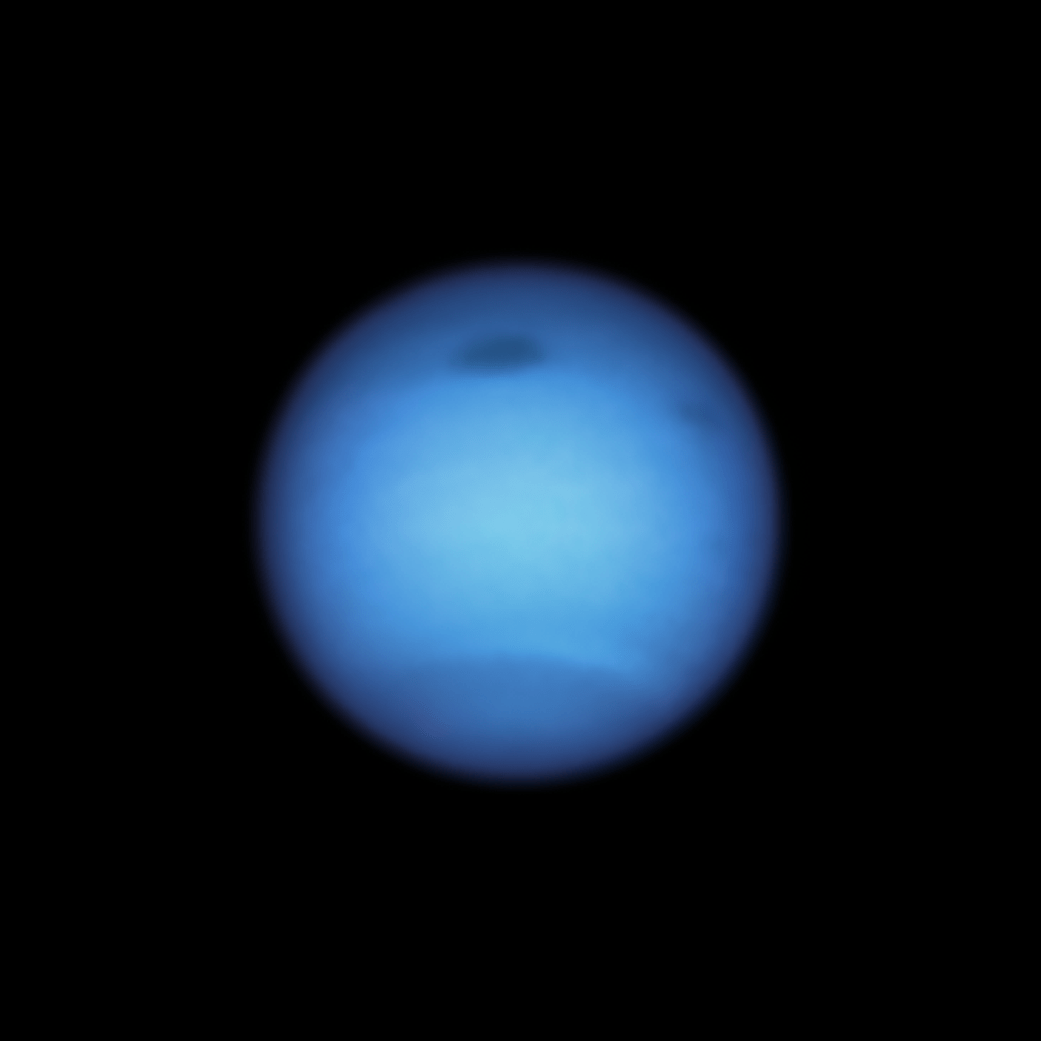In 1994, just four years into its long tenure of collecting data, Hubble watched as 21 fragments of Comet Shoemaker-Levy 9 bombarded the giant planet Jupiter with a sequential train of impacts. Each fragment left a temporary black scar that revealed deeper layers of the planet’s atmosphere. Hubble was able to document how Jupiter's atmosphere changed these impact scars over time, providing valuable insight into the planet's dynamic atmosphere. It was the first time astronomers witnessed such an event. The most recent collision Hubble observed occurred in 2009, when a suspected asteroid plunged into Jupiter’s atmosphere and left a temporary dark feature the size of the Pacific Ocean.
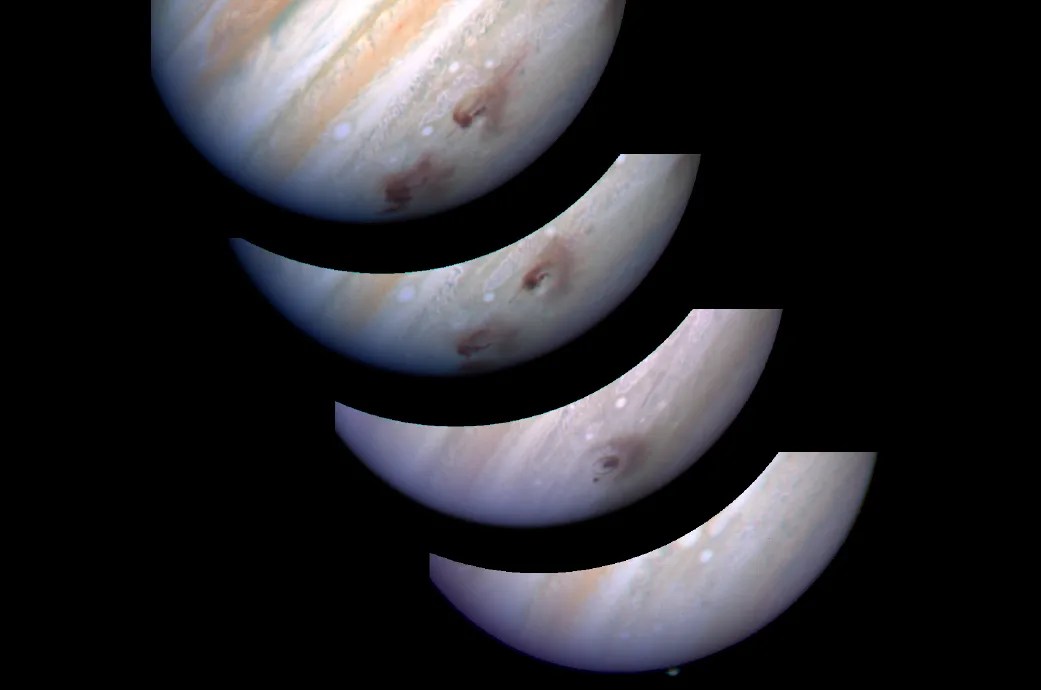
The Outer Planet Atmospheres Legacy (OPAL) project is a Hubble observing program that makes yearly observations of Jupiter, Saturn, Uranus, and Neptune to understand their atmospheric dynamics and evolution over time. Using Hubble, OPAL astronomers regularly measure and monitor features on each of these giant gas planets. One of those features is Jupiter’s Great Red Spot, a giant storm roughly the size of Earth that has been shrinking for at least 90 years. OPAL astronomers chart its changing size and cloud structure to determine why it is slowly disappearing. They also found that its winds are speeding up, exceeding speeds of 400 miles per hour (more than 640 kilometers per hour).
Hubble also monitors the changing storms on Neptune. When NASA’s Voyager 2 flew by Neptune in 1989, it captured a Great Dark Spot in Neptune’s far southern hemisphere. In 1994, when Hubble looked at Neptune, the spot had vanished. The following year, Hubble observations spotted another dark storm in Neptune’s northern hemisphere. Hubble’s regular observations of the planet for more than three decades revealed that these storms live for a few years before vanishing or fading away.
Hubble also captured images of bright auroras on Jupiter, Saturn, and Uranus. Auroras are brilliant curtains of light that appear in the upper atmosphere of a planet with a magnetic field. They develop when electrically charged particles trapped in the magnetic field spiral inward at high speeds toward the north and south magnetic poles. When these particles hit the upper atmosphere, they excite atoms and molecules there, causing them to glow in a similar process to that of a neon light.
Studying and Finding Moons
Jupiter’s moons are also interesting targets for the telescope. Their compositions and environments can provide important clues in the search for life beyond Earth. Hubble found the best evidence yet for an underground saltwater ocean on Jupiter’s moon Ganymede, the largest moon in the solar system, by detecting related activity in Ganymede’s own auroras. This subterranean ocean may have more water than all the water on Earth’s surface. Hubble also recorded evidence of short-lived changes in the atmosphere above the surface of Jupiter’s moon Europa – the result of gas plumes expelled from a subsurface ocean.
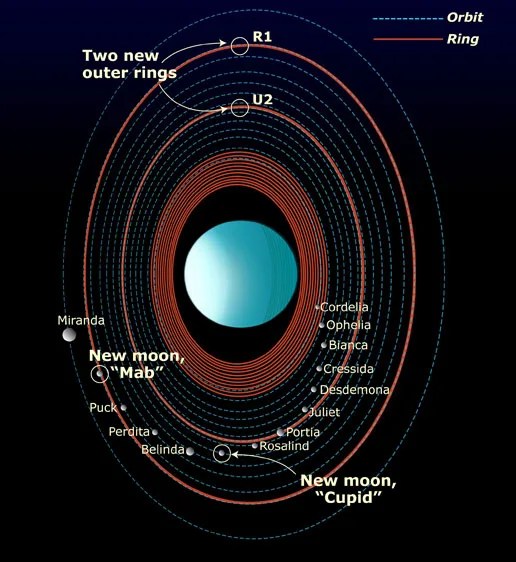
Hubble also found new moons around Uranus and Neptune. In 2003, astronomers using Hubble discovered two small moons around Uranus. These moons, called Cupid and Mab, are so small and faint that NASA’s Voyager 2 spacecraft was unable to detect them during its 1986 flyby of the planet. The moons are about 8 to 10 miles across (12-16 km), or roughly the size of San Francisco. Hubble also detected two, large, outer rings around Uranus.
In 2013, a small, faint moon called Hippocamp was discovered in images Hubble took of the planet Neptune between 2004 and 2009. Astronomer Mark Showalter discovered the moon while studying faint ring-arcs around the planet. He then combed through 150 archived Hubble images of Neptune looking for the moon. Using those Hubble images, Showalter was able to plot Hippocamp’s 23-hour orbit around Neptune.
Learn More
Explore Other Hubble Science Highlights
Learn about some of Hubble's most exciting scientific discoveries.
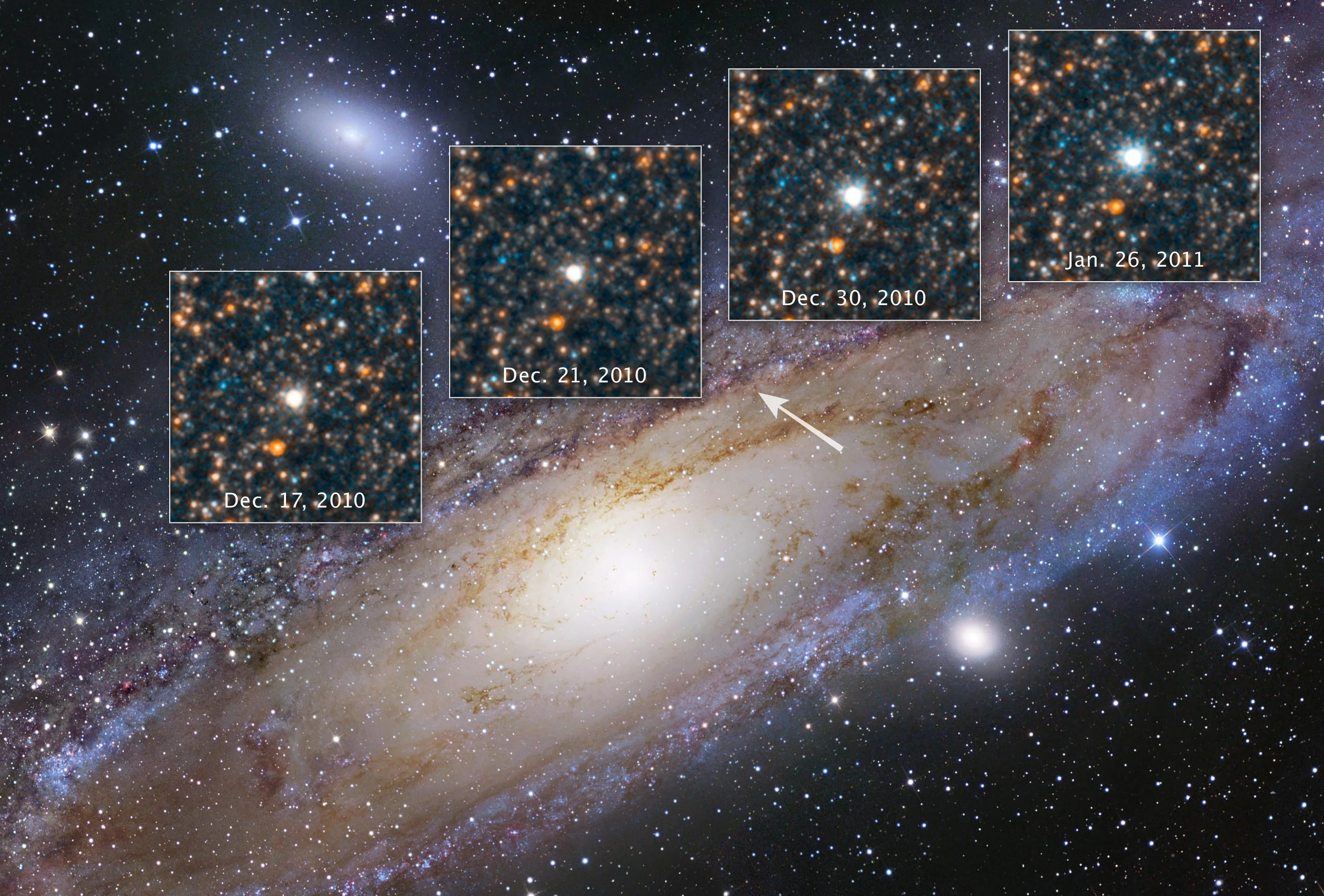
Discovering the Runaway Universe
Our cosmos is growing, and that expansion rate is accelerating.
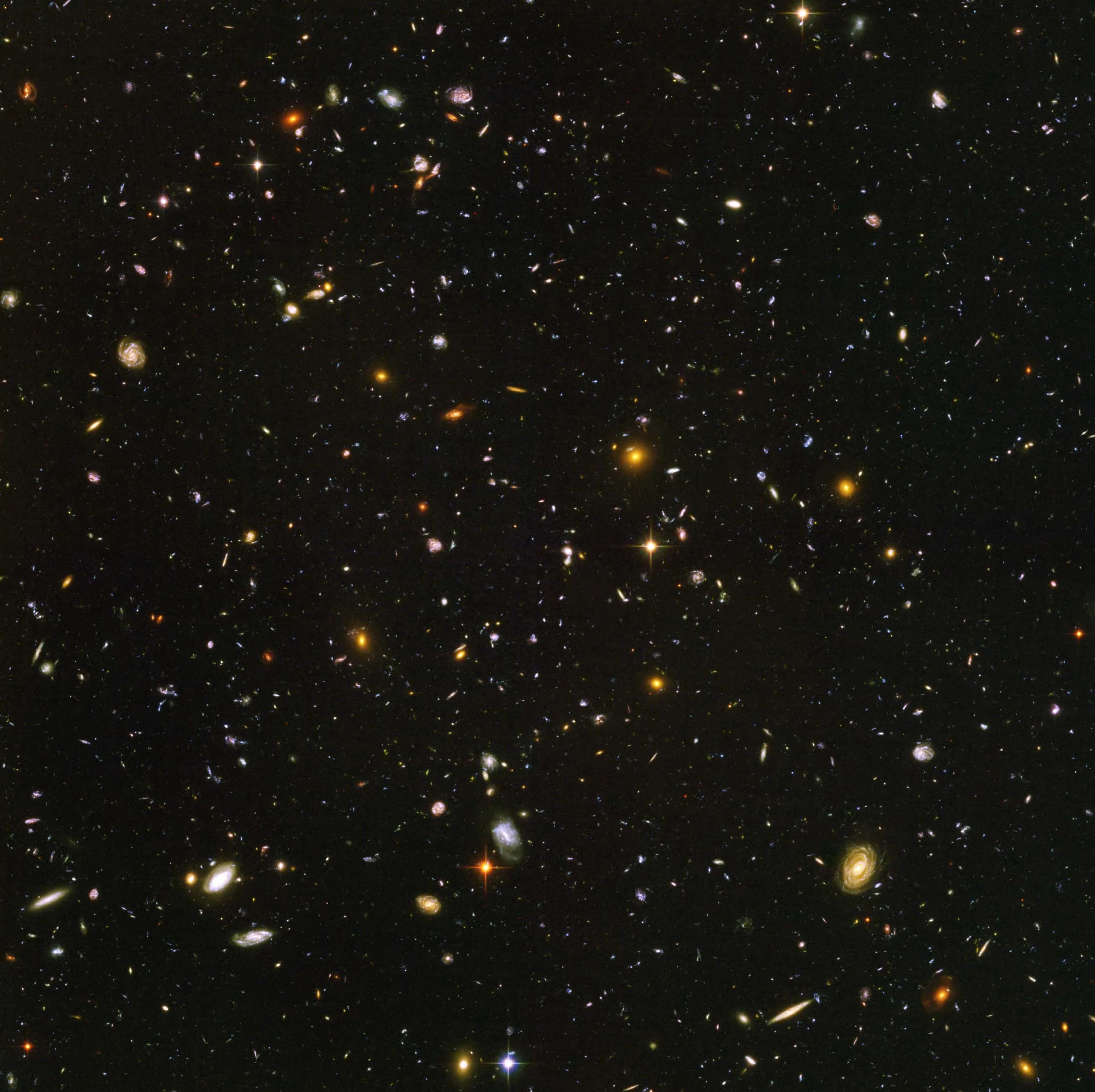
Tracing the Growth of Galaxies
Hubble is instrumental in uncovering the various stages of galactic evolution.
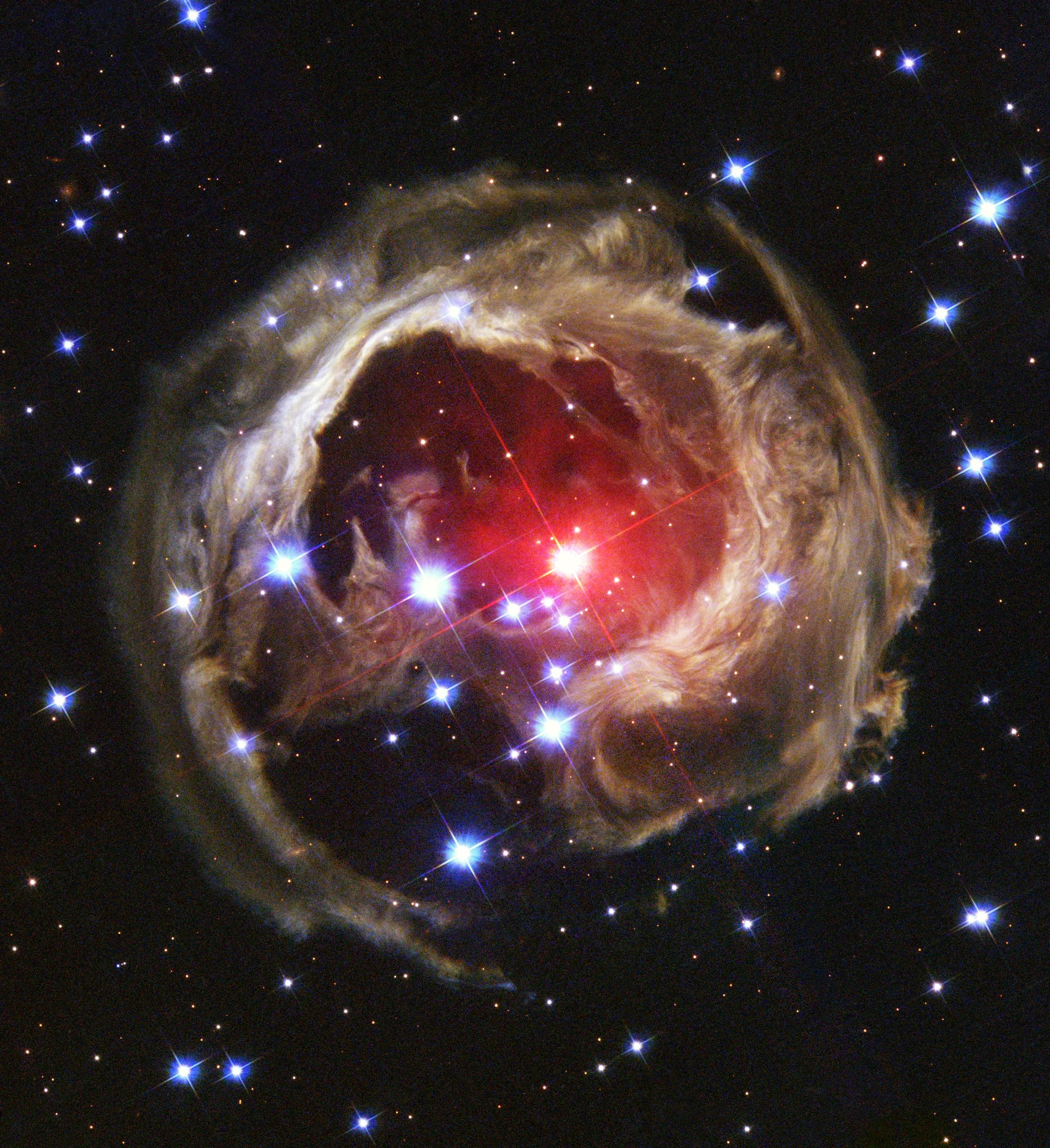
Seeing Light Echoes
Like ripples on a pond, pulses of light reverberate through cosmic clouds forming echoes of light.
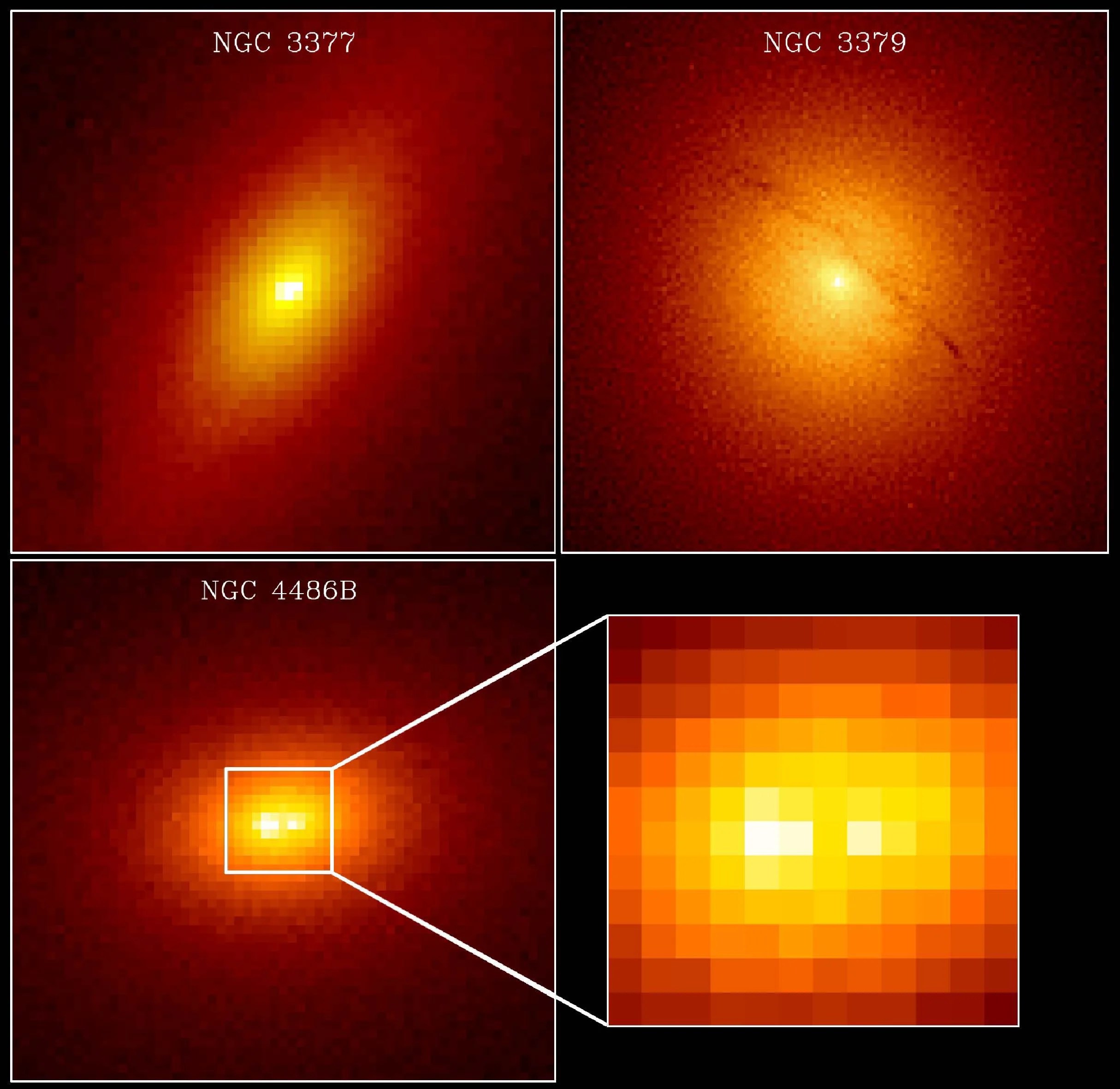
Monster Black Holes are Everywhere
Supermassive black holes lie at the heart of nearly every galaxy.
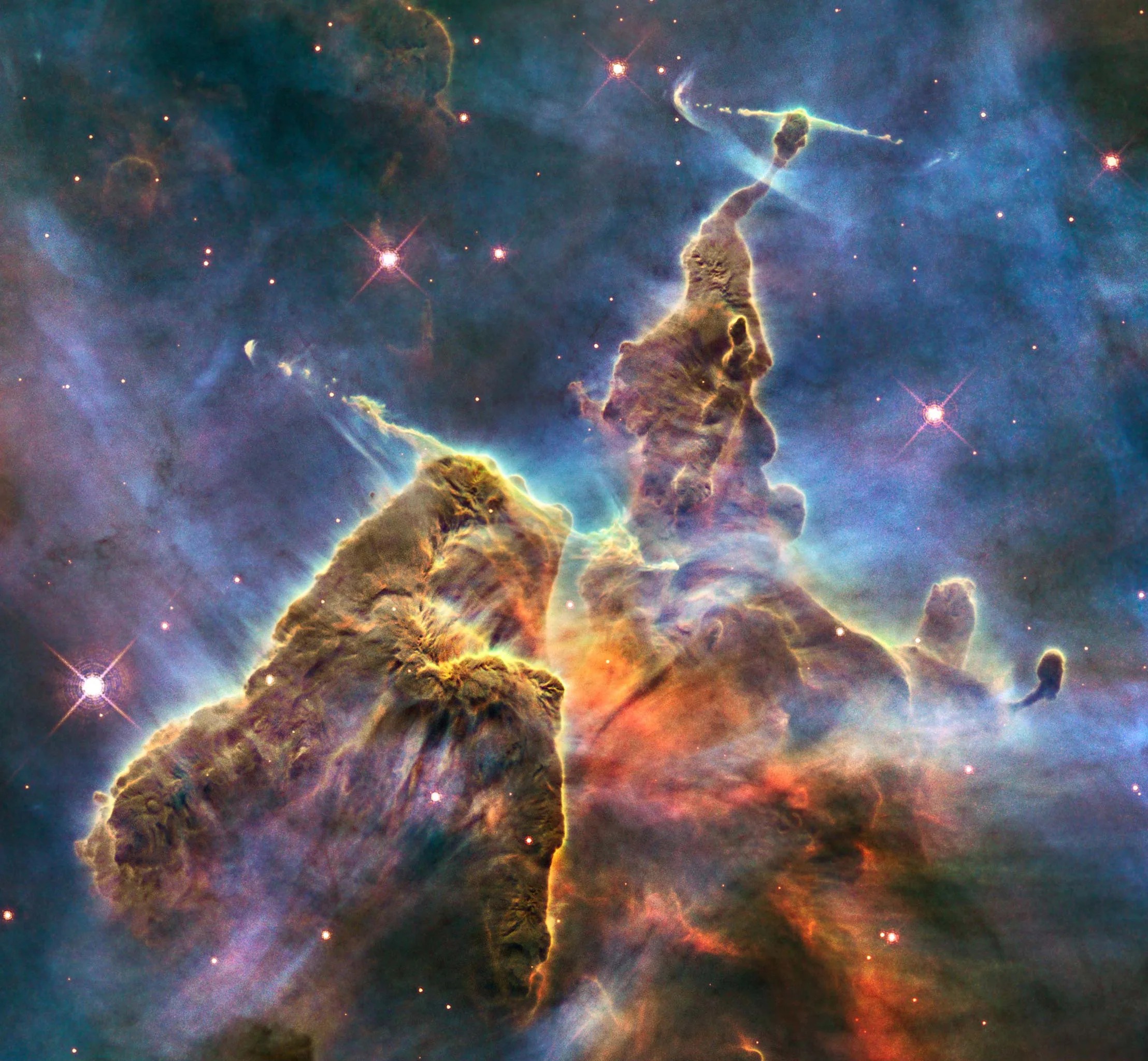
Exploring the Birth of Stars
Hubble’s near-infrared instruments see through the gas and dust clouds surrounding newborn stars.
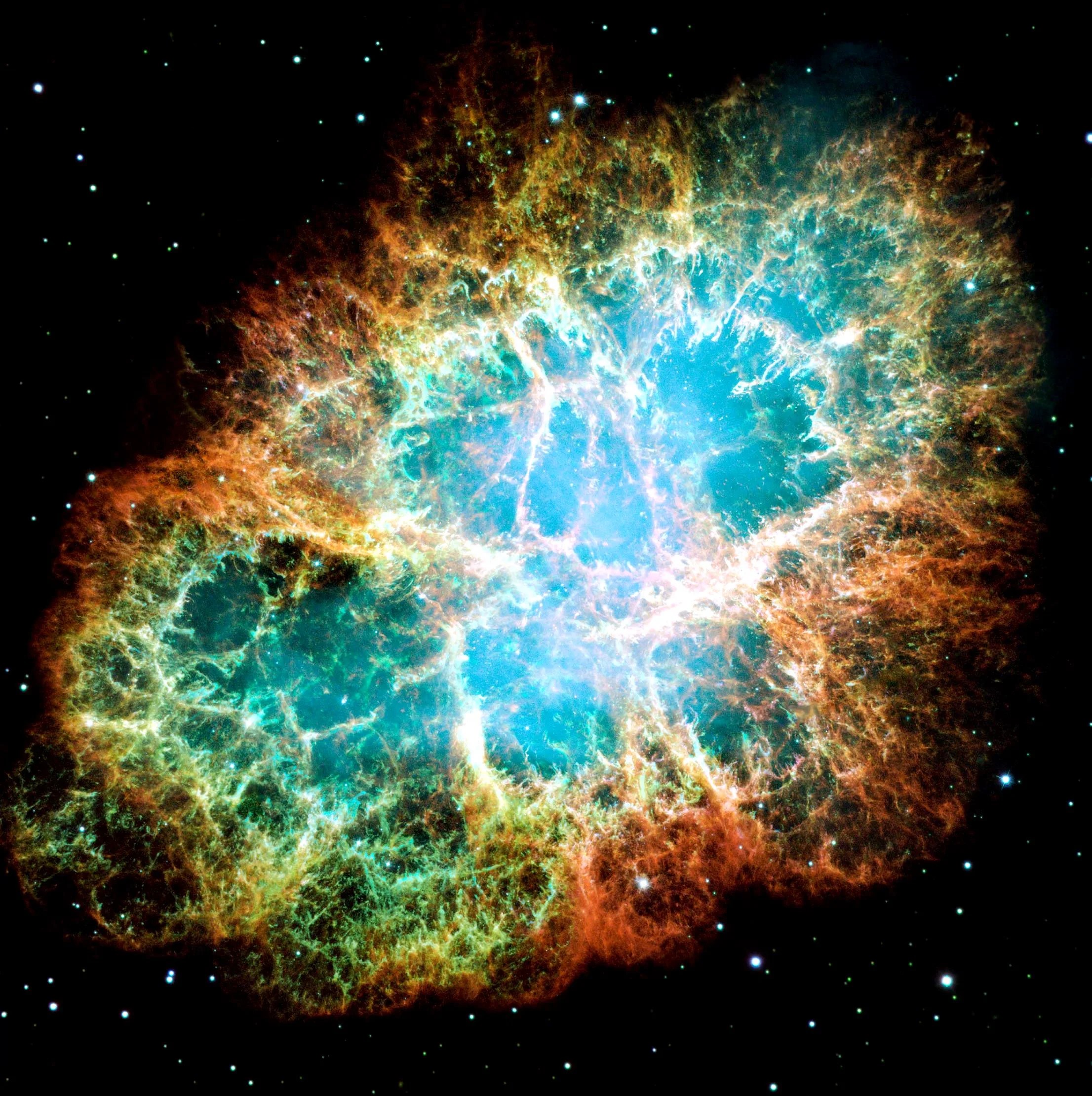
The Death Throws of Stars
From colliding neutron stars to exploding supernovae, Hubble reveals details of some of the mysteries surrounding the deaths of stars.
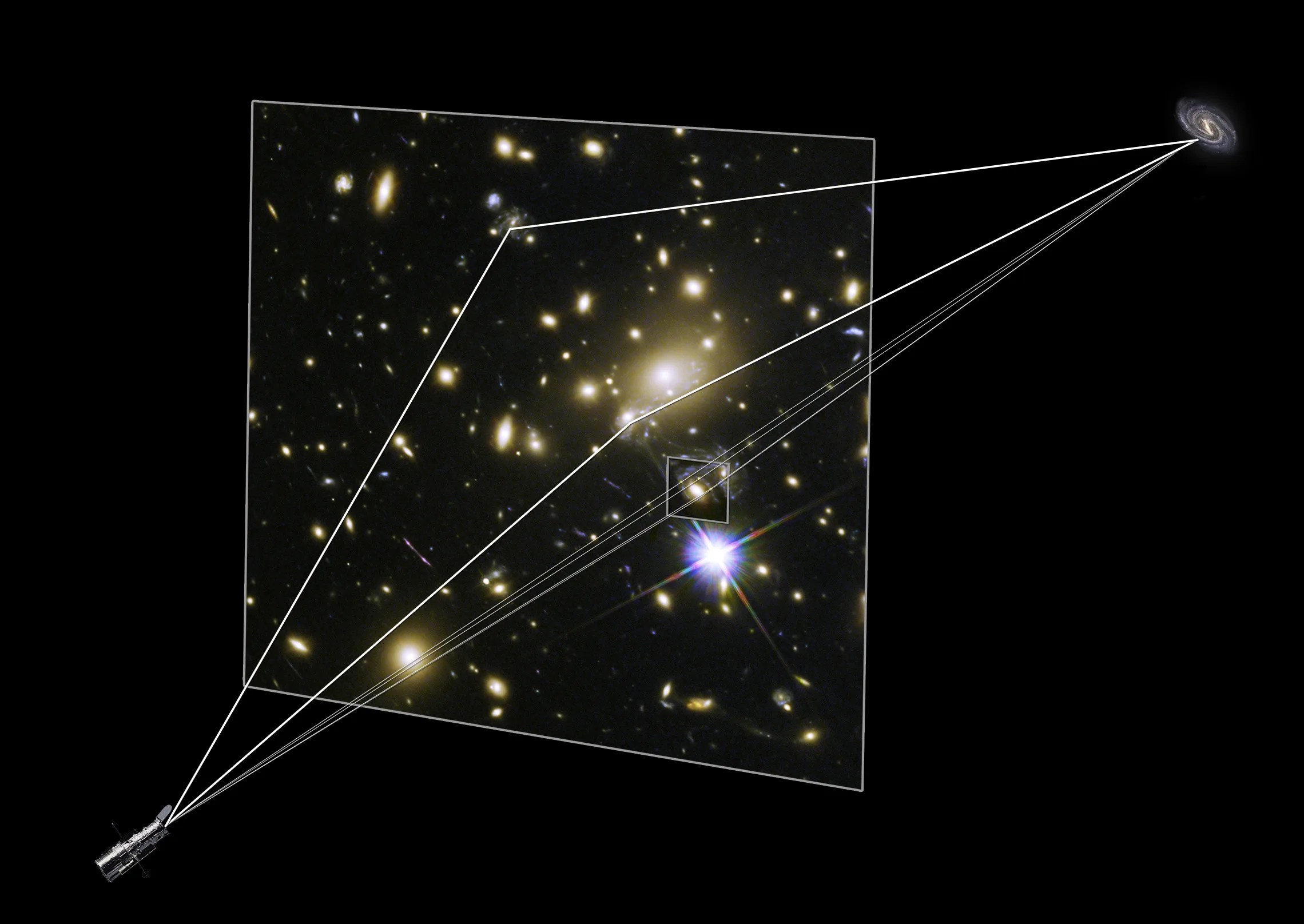
Shining a Light on Dark Matter
Hubble’s observations help astronomers uncover the underlying structure of the universe.
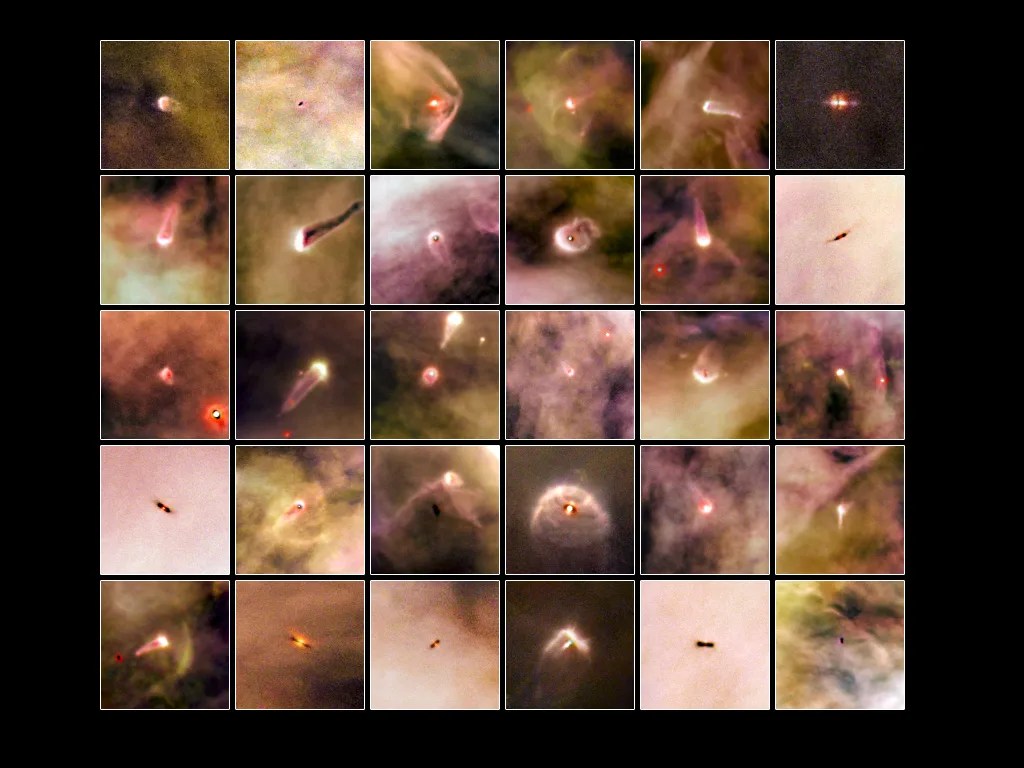
Finding Planetary Construction Zones
Hubble’s sensitivity can reveal great disks of gas and dust around stars.
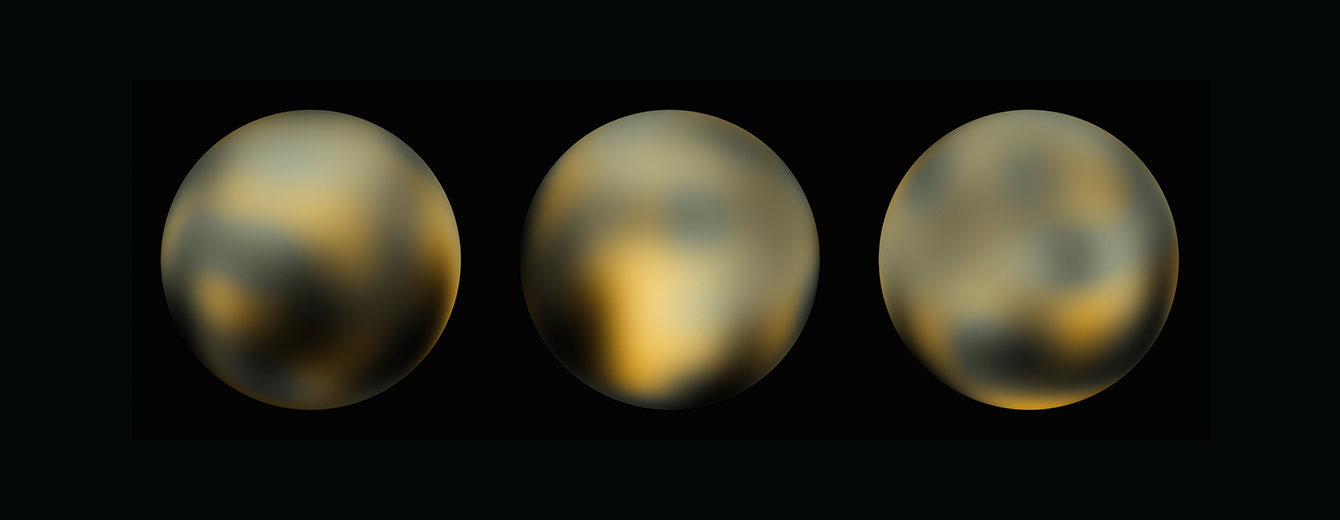
Uncovering Icy Objects in the Kuiper Belt
Hubble’s discoveries helped NASA plan the New Horizon spacecraft’s flyby of Pluto and beyond.
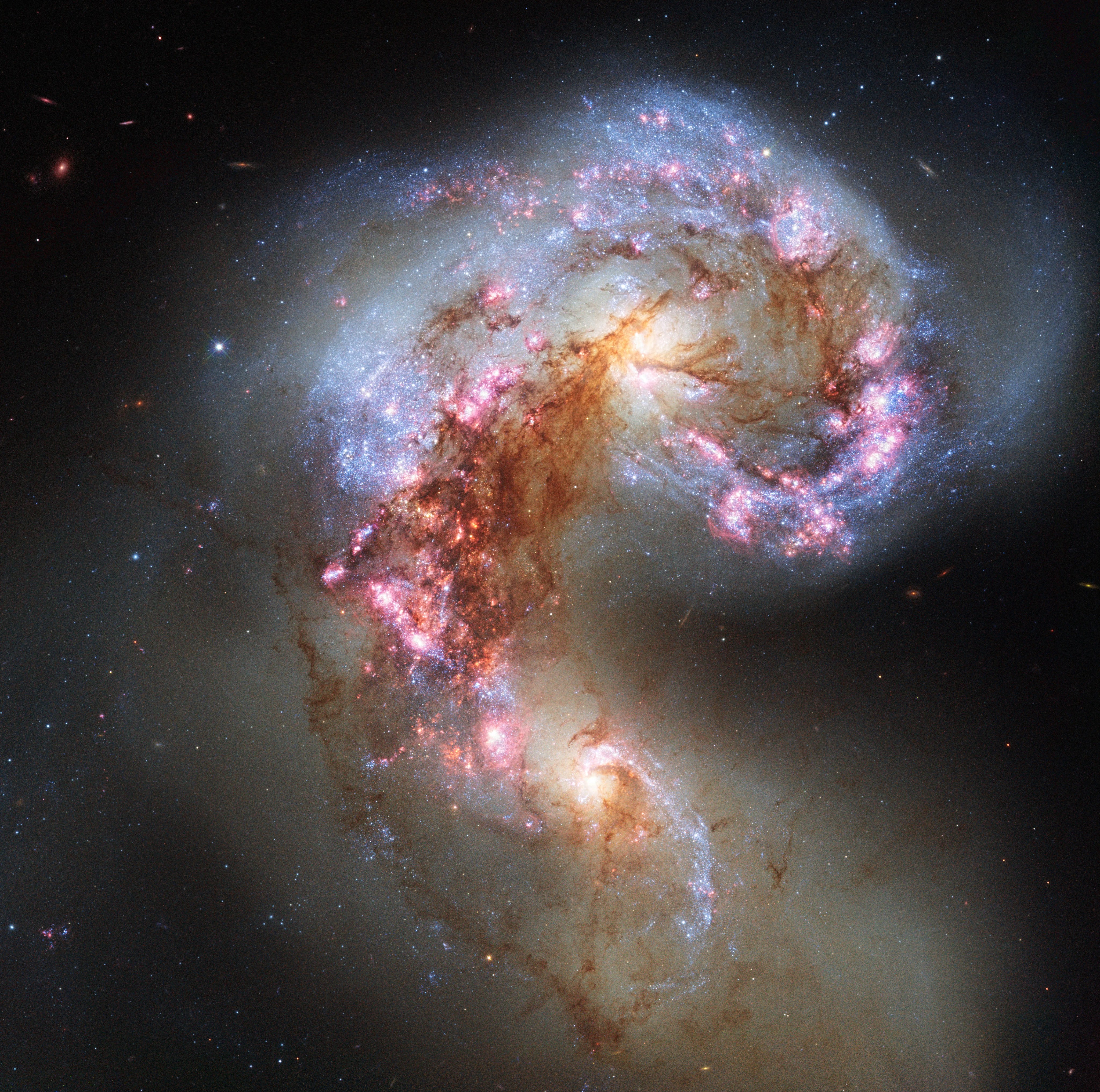
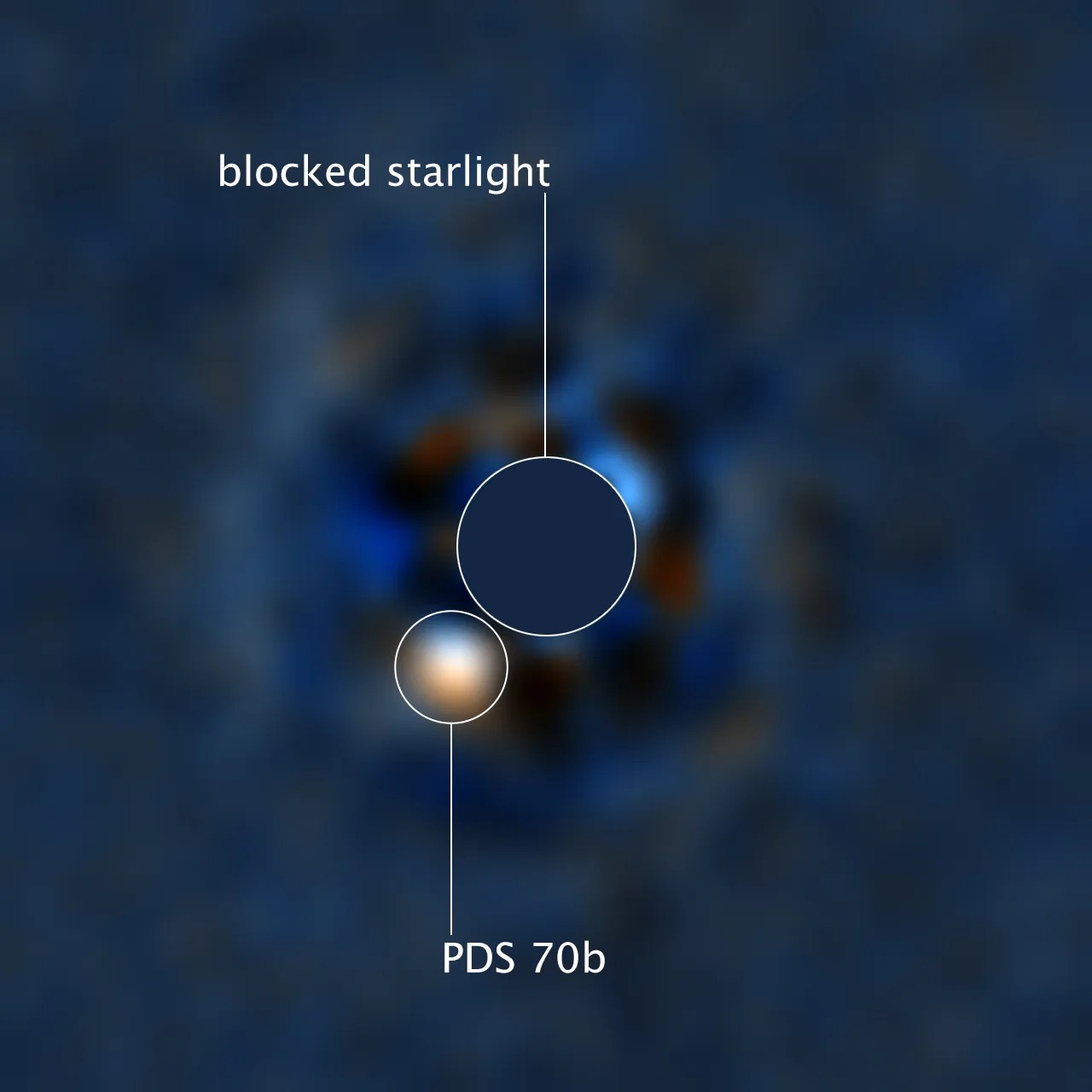
Recognizing Worlds Beyond Our Sun
Hubble’s unique capabilities allow it to explore planetary systems around other stars.
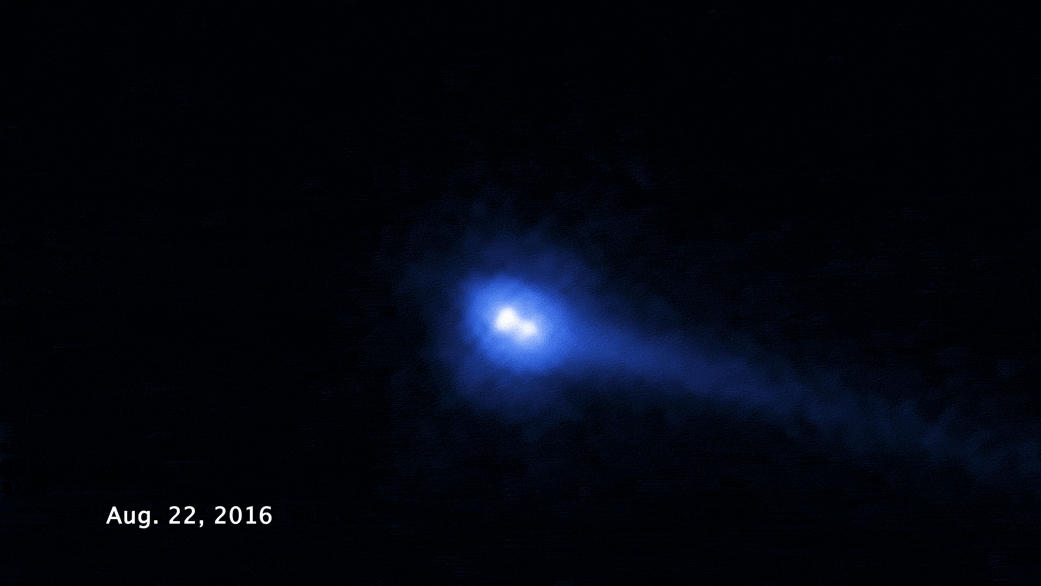
Tracking Evolution in the Asteroid Belt
These conglomerates of rock and ice may hold clues to the early solar system.

